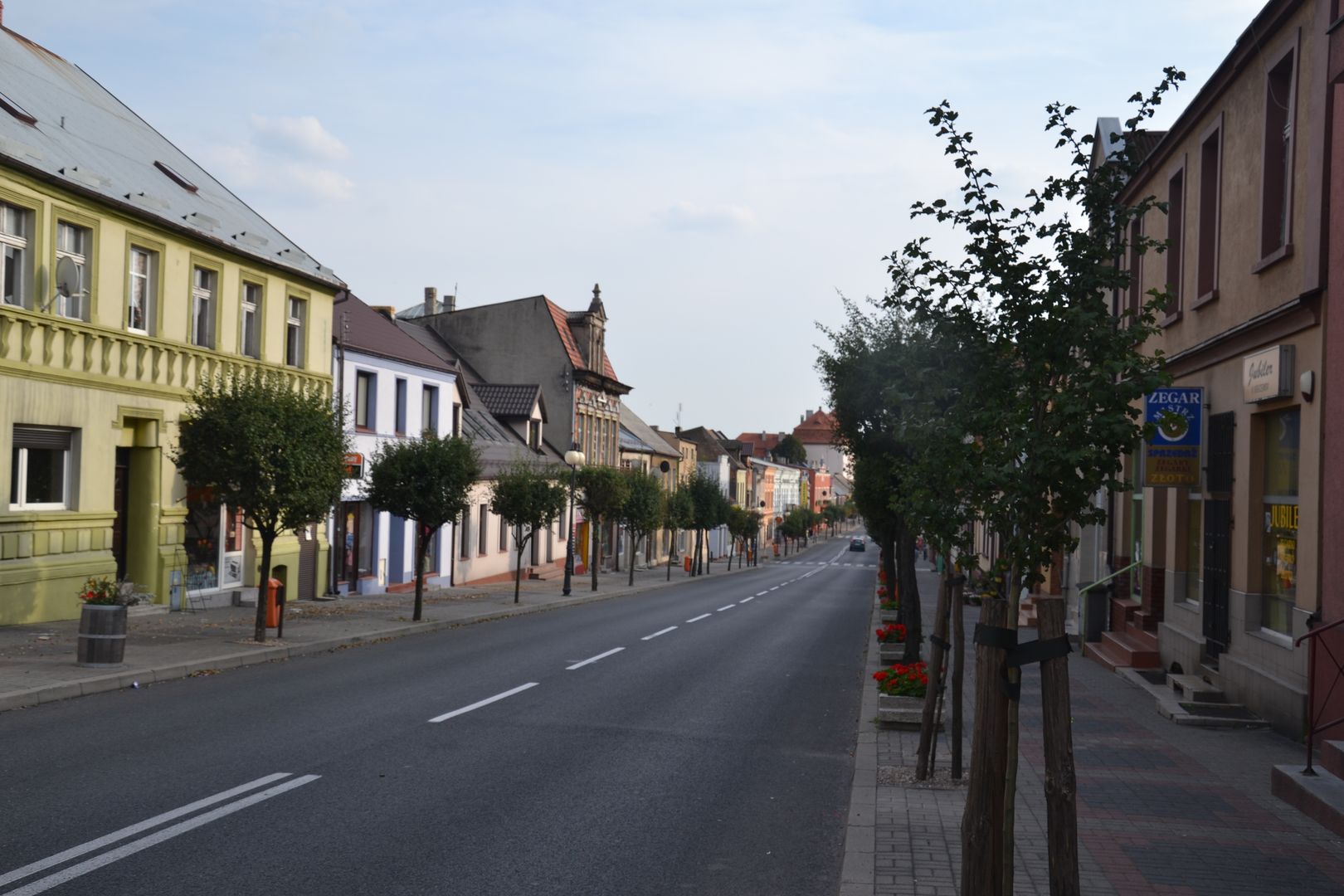Witkowo
6.84

Overview
Witkowo, a town in the Greater Poland Voivodeship, boasts a rich history dating back to the 14th century and received its town rights in the 17th century. Located on the Września Plain, Witkowo serves as the administrative center of the urban-rural municipality and is known for its historic architecture, including the Church of St. Nicholas and the former District Court building. In the 19th century, the town developed under Prussian rule, becoming an important hub on trade routes. Witkowo played a significant role during the Witkowo Revolution of 1918, which contributed to the region's regained independence, and later during World War II, when German forces occupied the town, bringing immense tragedy to its inhabitants. Architecturally, the townhouses and remnants of the Gniezno Narrow-Gauge Railway also stand out. Witkowo is also a space of many traditions, including the Municipal Harvest Festival and cultural events such as concerts by famous artists. The town is characterized by religious diversity, although after World War II, many religious communities, such as the Jewish community and Protestants, disappeared from the landscape. Witkowo is home to numerous organizations, including the Volunteer Fire Department, one of the oldest in Poland, established in the 19th century. Interesting facts include the presence of a transport aviation base and the traditional Liliput cheese. The residents of Witkowo actively engage in cultural and sports life, with local football teams and various initiatives. Surrounded by charming forests and water bodies, Witkowo attracts tourists, although it is not considered a popular tourist destination. The municipality develops tourism thanks to its natural assets, offering, among other things, the Skorzęcin Recreation Center. The town has significantly changed its character in recent decades but still retains its historical and multicultural atmosphere, making it a unique place on the map of Poland.
Location
2025 Wizytor | All Rights Reserved